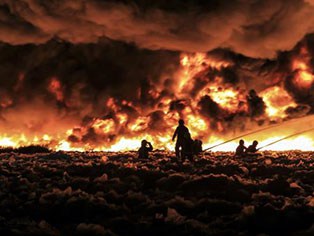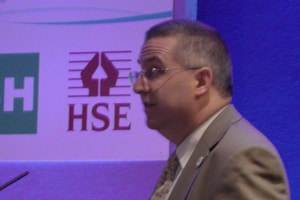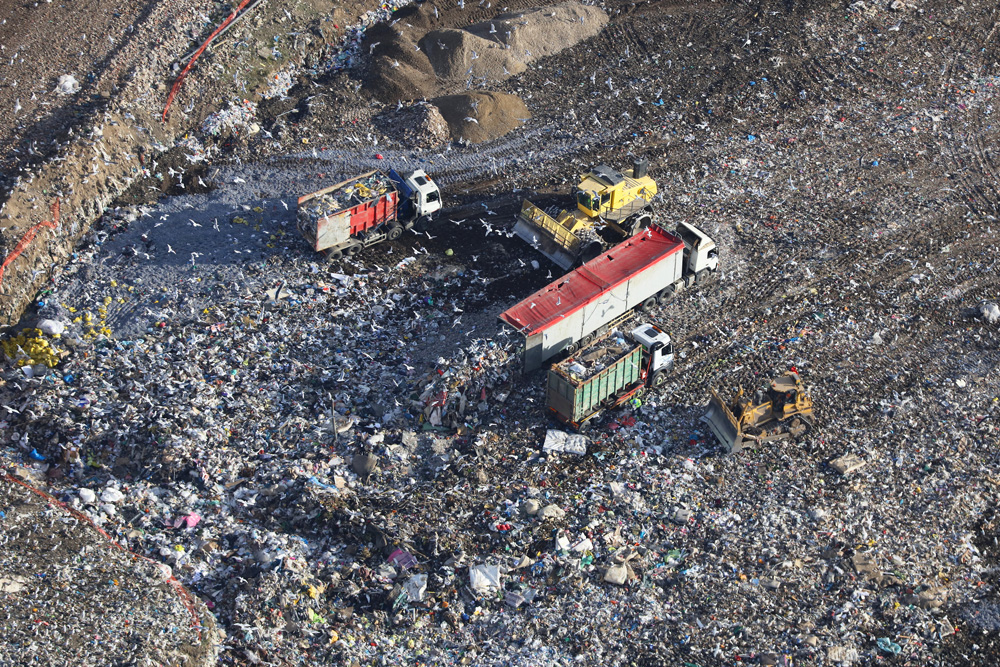Besides helping to assess safer spacing for piles of materials, the live stack burns also aim to establish the flammable properties of more recent materials which have entered the recycling chain, such as certain types of plastics.

The tests will be the first of any large significance since original work 40 years ago. And, the potentially outdated and relatively uninformed nature of current rules, because of the lack of test data, has been criticised by the Wood Recyclers Association.
The results of the new large-scale waste fire tests, which were originally scheduled for late 2014, were supposed to have been included in revisions to fire control guidance to have been issued by the Waste Industry Safety & Health (WISH) Forum – in spring this year (see letsrecycle.com story).
However, WISH Forum chair Chris Jones told letsrecycle.com that delays to administering the tests meant that the results are now expected to be added to the guidance which will not be issued until “around Easter 2016”.
Dynamics
The tests, which will be carried out on behalf of three parties – WISH, the Chief Fire Operators Association and the Environment Agency – will measure the effect of fire on large quantities of baled waste and recyclables, focusing on ‘fire dynamics’ and the point at which the heat causes the material to ignite at a distance.
They will also look at the effect that rising columns of gas have on fuelling waste fires, wind-current effects, and how different materials burn or smoulder depending on their make-up.
Mr Jones said: “In issuing the guidance, what we found was there was no pure or hard science to stack measurements or separation distances. We recognised what we had to do is burn some of these materials that weren’t around in the 70s when the original separation measurements were laid out.
“We need to be able to understand how fire affects the material around it. The Environment Agency is particularly interested in the emissions given off from different kinds of waste. This research will change stack sizes and separation distances.”
Wood

The tests follow criticism from the Wood Recyclers’ Association this summer, which argued the Environment Agency’s wood storage restrictions had not been based on “any science of fact” (see letsrecycle.com story).
WRA made the comments after Hadfield Wood Recyclers was forced to close its gates in Manchester and Middlesbrough to incoming lower grade waste wood due to the enforcement of what it described as “unworkable” storage restrictions.
In 2014, the Association agreed to help fund practical fire tests to establish stack size and separation distances for waste wood in response to the Environment Agency rules.
Mr Jones added: “The tests will provide a scientifically backed answer, so I can’t guarantee the wood recyclers are going to like it. The WRA has always said they are on board with the tests. Once we have the information it will be hard to argue with it.”
Consultation
The Chief Fire Operators Association is meanwhile conducting its own separate National Operational Guidance Programme, which is focusing on the operational response by fire and rescue services to incidents at waste sites or renewable energy facilities.
Steve Cox, communications manager for the Programme, said: “It doesn’t include prevention of fires or waste site management but identifies the hazards that might be encountered at a waste site incident and sets out the control measures an incident commander may wish to consider when dealing with it.
“Consultation on the draft guidance is expected to start shortly and the waste industry will be included in this process, though because there are no additional burdens on the industry we believe it will be more of interest than operational requirement.”
According to Mr Jones, evidence produced by the “suite of fire tests” will “feed into” the Association’s operational programme. The consultation is due out in October 2015.











Subscribe for free